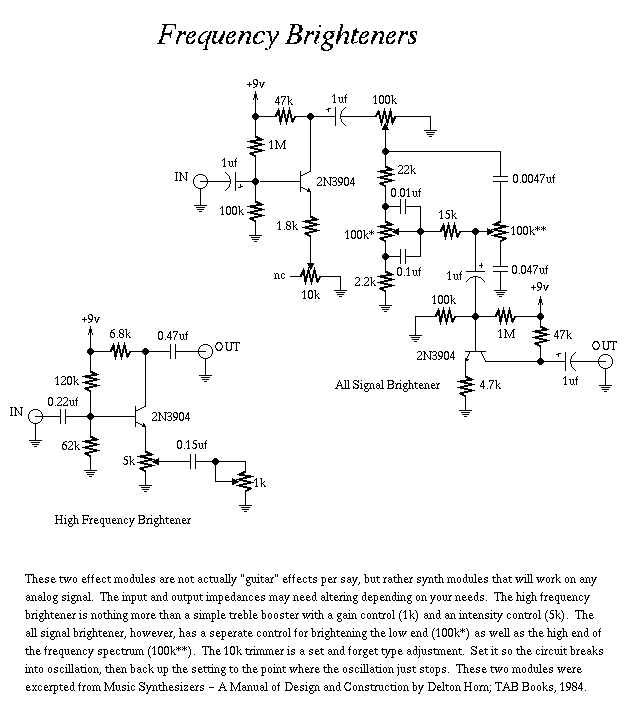
41 LED Flasher Circuit using 555 IC

This project utilizes a 555 timer integrated circuit (IC) in an 8-pin configuration to control multiple LEDs. It is designed for quick assembly and allows for the adjustment of timing functions.
The circuit employs a 555 timer in astable mode, which generates a continuous square wave output. This output can be used to drive multiple LEDs in a flashing or fading pattern, depending on the resistors and capacitors selected in the timing network. The frequency of the output can be adjusted by varying the values of the resistors (R1 and R2) and the capacitor (C1) connected to the 555 timer.
In this configuration, the output from pin 3 of the 555 timer is connected to the anodes of the LEDs, while the cathodes are connected to ground through appropriate current-limiting resistors. This ensures that each LED receives a safe amount of current, preventing damage. The timing cycle can be modified by changing the resistor and capacitor values, allowing for customization of the LED flashing rate.
Additionally, a potentiometer can be integrated into the circuit to provide a variable resistance, allowing for real-time adjustments to the flashing speed of the LEDs. This feature enhances the usability of the circuit for various applications, such as decorative lighting or visual indicators. The overall simplicity of the design makes it suitable for beginners in electronics, while still providing a platform for more experienced users to explore timing circuits and LED control.I made this as a quick project I made to use a lot of the LEDs I recently got. It basically connects via a 555 8 pin IC and allows for adjusting the t.. 🔗 External reference
The circuit employs a 555 timer in astable mode, which generates a continuous square wave output. This output can be used to drive multiple LEDs in a flashing or fading pattern, depending on the resistors and capacitors selected in the timing network. The frequency of the output can be adjusted by varying the values of the resistors (R1 and R2) and the capacitor (C1) connected to the 555 timer.
In this configuration, the output from pin 3 of the 555 timer is connected to the anodes of the LEDs, while the cathodes are connected to ground through appropriate current-limiting resistors. This ensures that each LED receives a safe amount of current, preventing damage. The timing cycle can be modified by changing the resistor and capacitor values, allowing for customization of the LED flashing rate.
Additionally, a potentiometer can be integrated into the circuit to provide a variable resistance, allowing for real-time adjustments to the flashing speed of the LEDs. This feature enhances the usability of the circuit for various applications, such as decorative lighting or visual indicators. The overall simplicity of the design makes it suitable for beginners in electronics, while still providing a platform for more experienced users to explore timing circuits and LED control.I made this as a quick project I made to use a lot of the LEDs I recently got. It basically connects via a 555 8 pin IC and allows for adjusting the t.. 🔗 External reference





